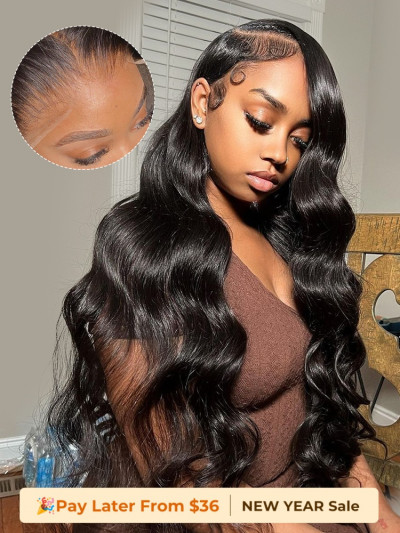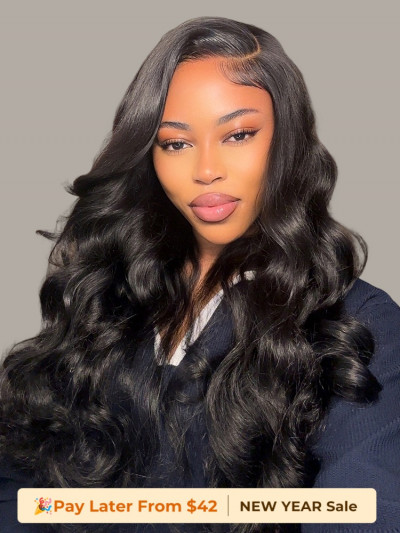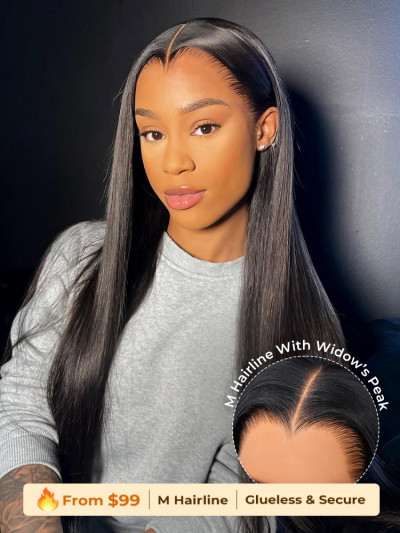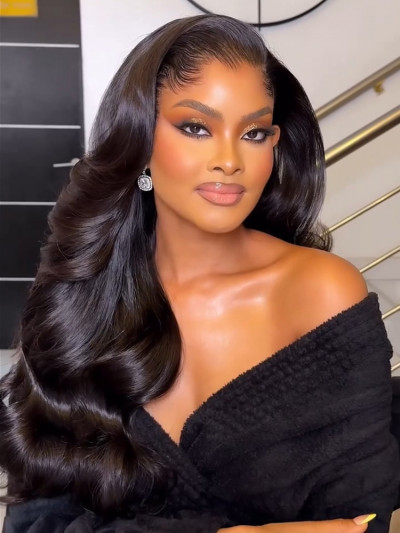Hairdressing Classroom: Different Types Of Hair Extensions
Do you know hair extensions very well? What are its different classifications? In general, according to the curl, it can be roughly divided into straight hair and curly hair. The former can increase the sagging sensation of hair and is suitable for creating a minimalist look. The latter come with an elegant and dashing temperament, making them ideal for both parties and daily travel. What are the different types of hair extensions? How to take care of it? Let’s explore together.
Different Types of Hair Extensions: Different Delivery Methods
Adhesive hair extensions: This is the process of using professional glue to bond hair extensions to the roots of our hair. This process usually takes 1 to 2 hours. It has a good visual effect, natural hair connection, and is relatively natural. But the drawbacks are also quite obvious, as prolonged retention of glue may lead to scalp allergies. So you should use special solvents when disassembling, and consulting professional personnel is useful to avoid damaging your hair due to pulling. And it will need to be reprocessed in about 2-4 weeks to maintain stable delivery.
Braided hair extensions: This type can be divided into strand braids, corn braids, and other weaving techniques. Firstly, you need to divide your hair into small strands and then weave them together with extensions. This method does not require glue as an adhesive, so it has minimal irritation to the scalp and high firmness. If you take good care of it, it can last for 2 to 3 months. However, the operation process is time-consuming and labor-intensive, so it usually takes 3 to 4 hours, and weaving too tightly may cause tension and pulling on the scalp. This type of hair is more suitable for people with thicker and harder hair.
Clip-in hair extensions: This is the most convenient way. The hair extensions with built-in clips can be directly clipped onto the roots of our hair. After becoming proficient, you only need 5-10 minutes to wear it. Its biggest advantage is that it is detachable, and it also allows you to change different styles frequently with minimal damage to your hair. But please pay attention to purchasing clips with silicone strips or other cushioning to avoid tearing hair or causing pain from pulling. Moreover, if the clamp is not secure, it is prone to loosening or falling off during vigorous exercise or when the wind is blowing. So please choose carefully when purchasing.
 Different Types of Hair Extensions: Different Materials
Different Types of Hair Extensions: Different Materials
Human hair extensions: This is the best material and my most recommended. Their hair mostly comes from donated or purchased human hair. After screening and processing, they can preserve the natural scale structure of hair to the greatest extent possible, so the texture is close to our natural hair. They can also accept dyeing and styling, and with proper maintenance, it is not easy to knot, even for a long time. However, due to the scarcity of raw materials, the prices are relatively high. If you have a sufficient budget, I highly recommend purchasing hair extensions made of this type of material due to their high durability and comfort.
Synthetic fiber hair extensions: They are made of synthetic fibers, are cheaper, and offer a wide range of colors and roll options. But the disadvantages are obvious. On the one hand, the material is hard and lacks luster, so the stuffiness is strong and not natural enough. On the other hand, they have poor heat resistance, so they cannot be dyed, and they are prone to frizz and tangling, resulting in a shorter service life.
How to Take Care of Wigs?
When combing, use a wide-toothed comb and gently comb from the ends of the hair to avoid pulling the roots directly, which may cause the hair to fall off or break. When cleaning, the water temperature should be controlled below 40℃, and a mild silicone-free shampoo should be used to protect the hair scales as much as possible.
Finally, regardless of the type of hair extensions, wearers should reduce the frequent tying or pulling of their hair. Wear a silk hair cap while sleeping to reduce friction and static electricity and extend the lifespan of the extensions.
Conclusion
In conclusion, we have learned about different types of hair extensions in this article. If you want to try hair extensions, as a freshman, I think a clip-in hair extension is easier, and you can disassemble it if you do not like it. ALIPEARL is a brand specializing in high-end wigs made from real, premium hair. Their expert craftsmanship helps maintain the hair’s natural shine and softness, resulting in wigs that look and feel durable and natural. Best of all, they offer these quality products at an affordable price. If you’re considering hair extensions, ALIPEARL is worth checking out.

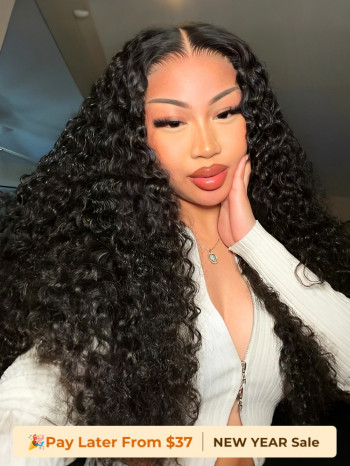
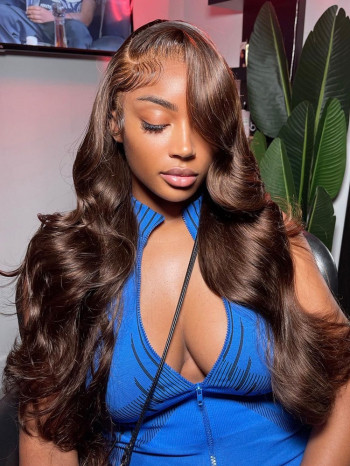

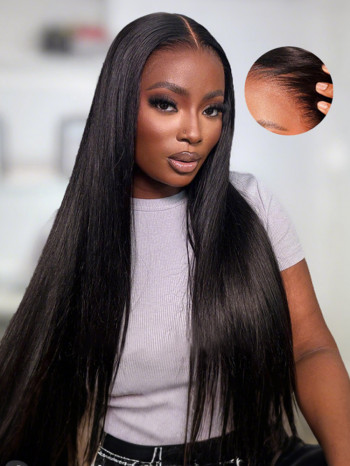
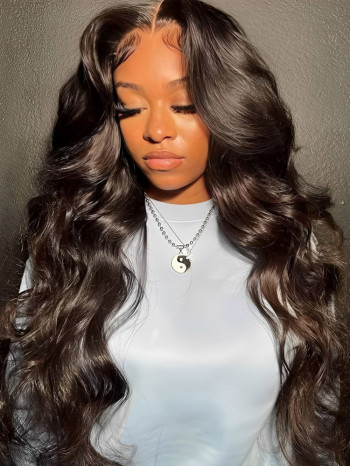
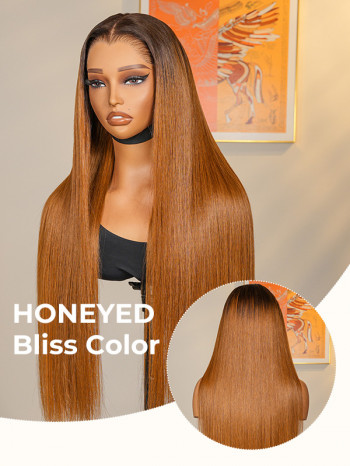
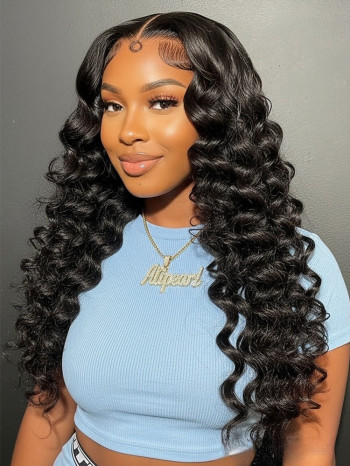





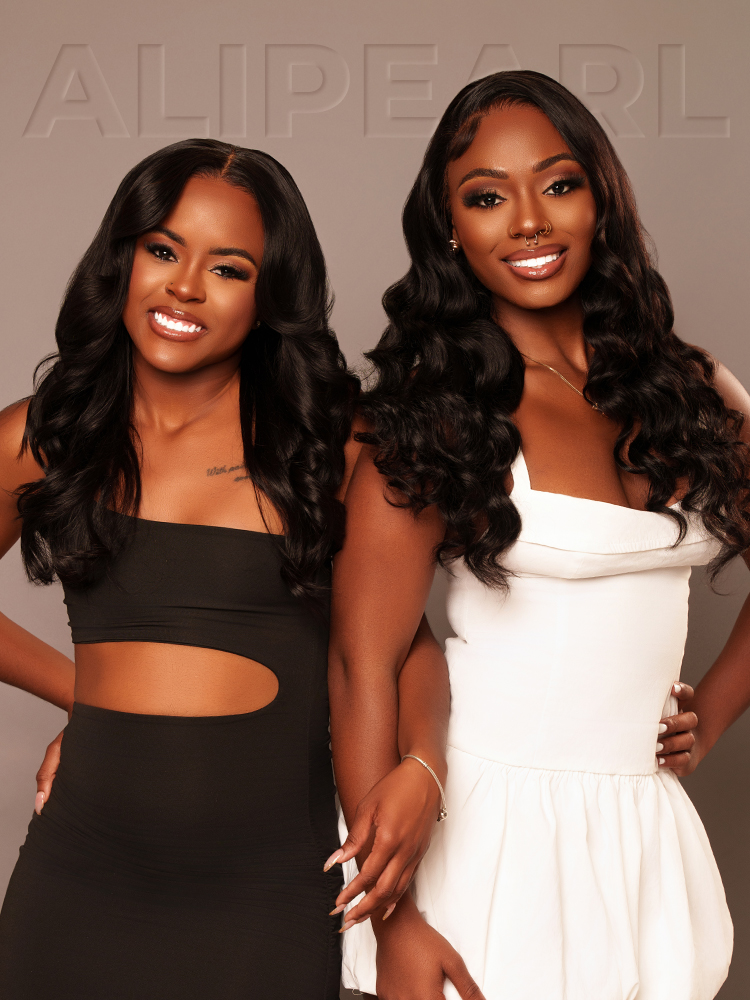
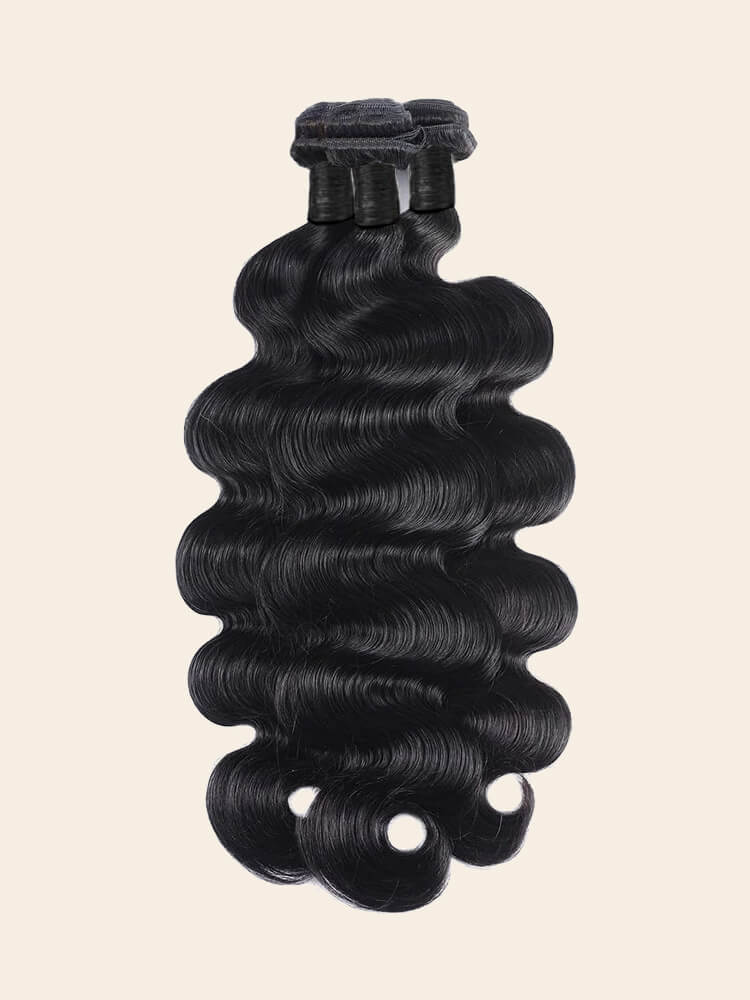 Body Wave Bundles
Body Wave Bundles 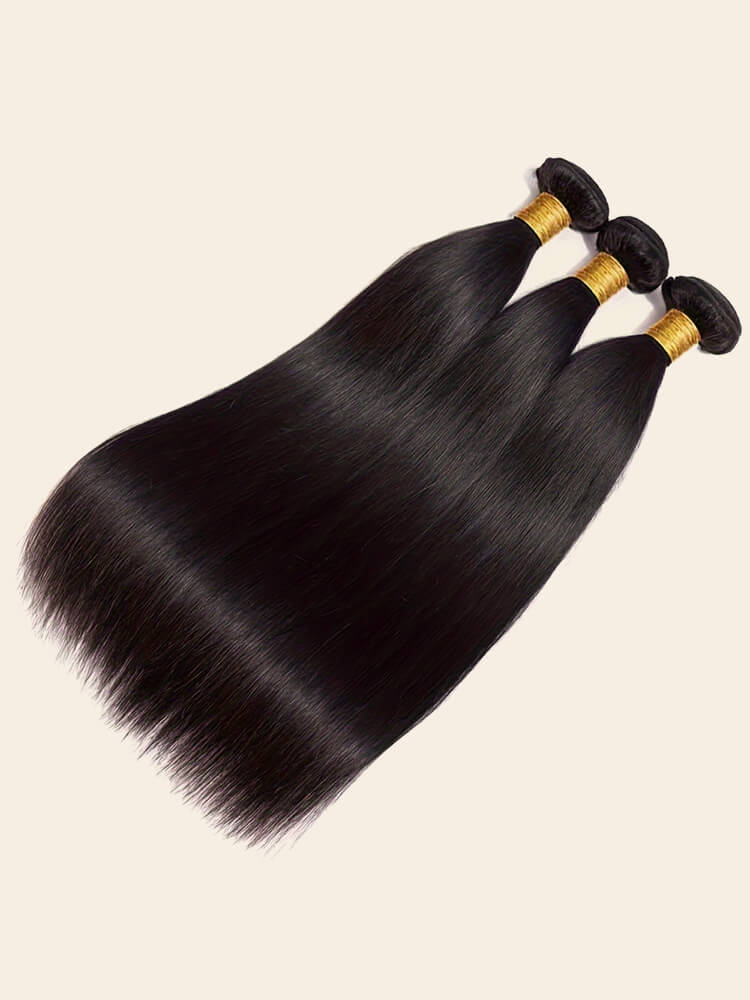 Straight Bundles
Straight Bundles  Curly Bundles
Curly Bundles 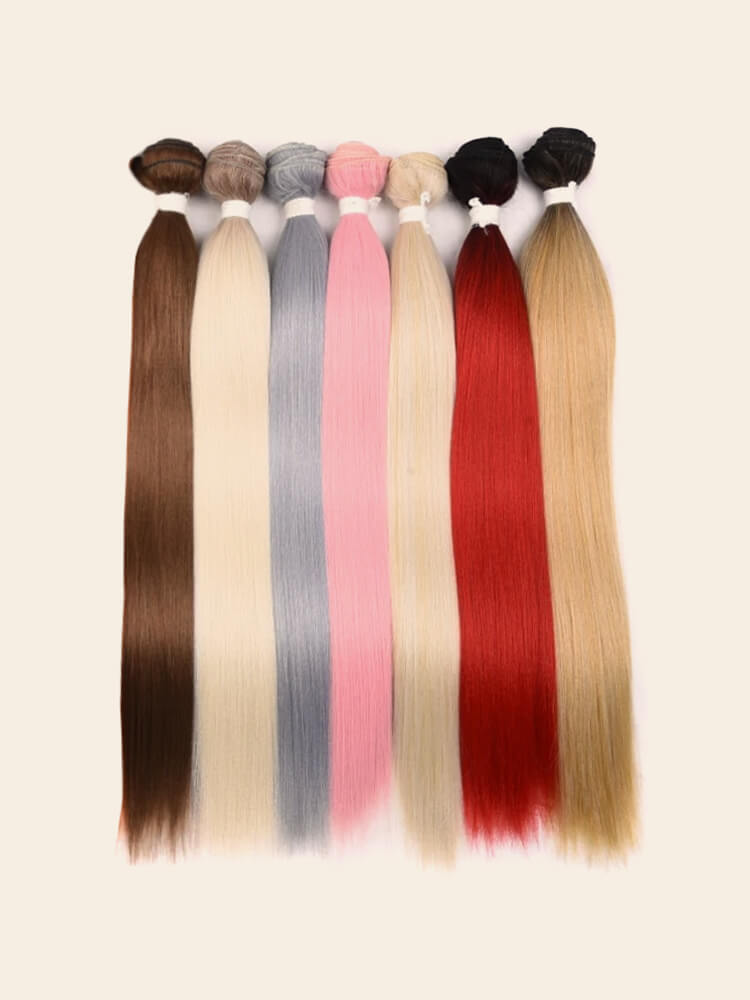 Colorful Bundles
Colorful Bundles  12A Mink Hair
12A Mink Hair 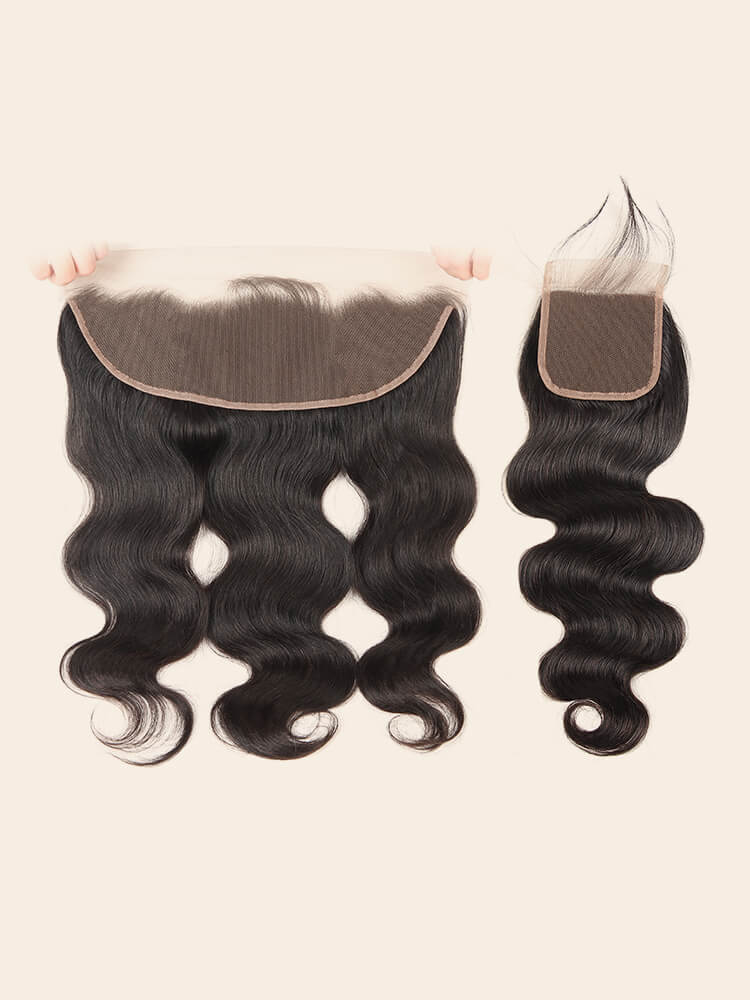 Closures / Frontals
Closures / Frontals 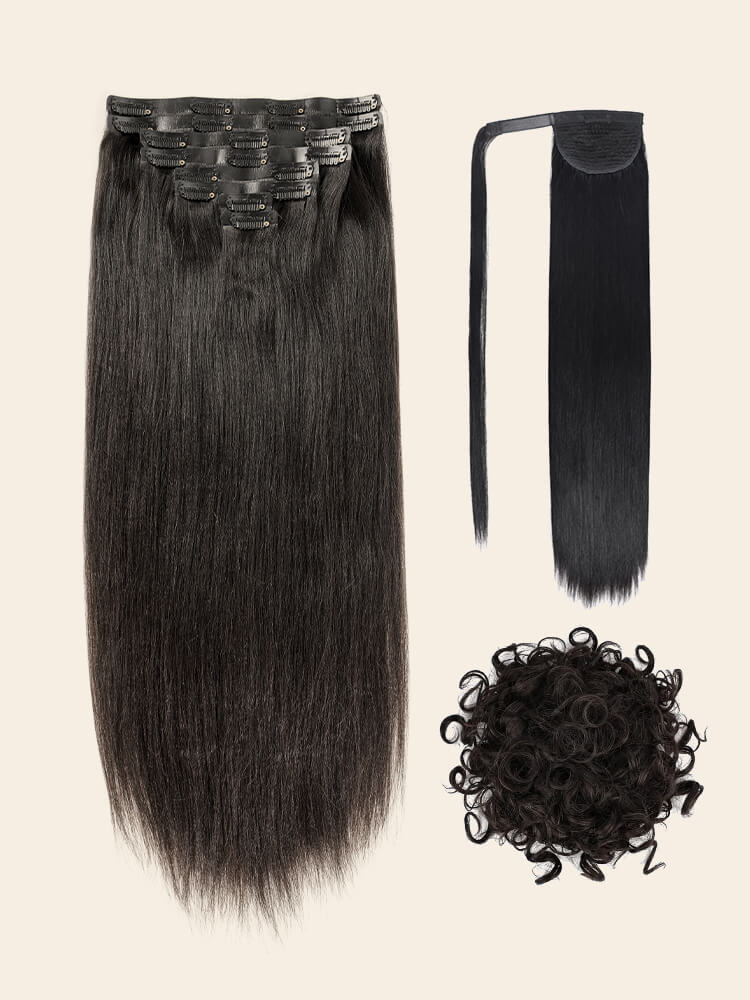 Hair Extension
Hair Extension 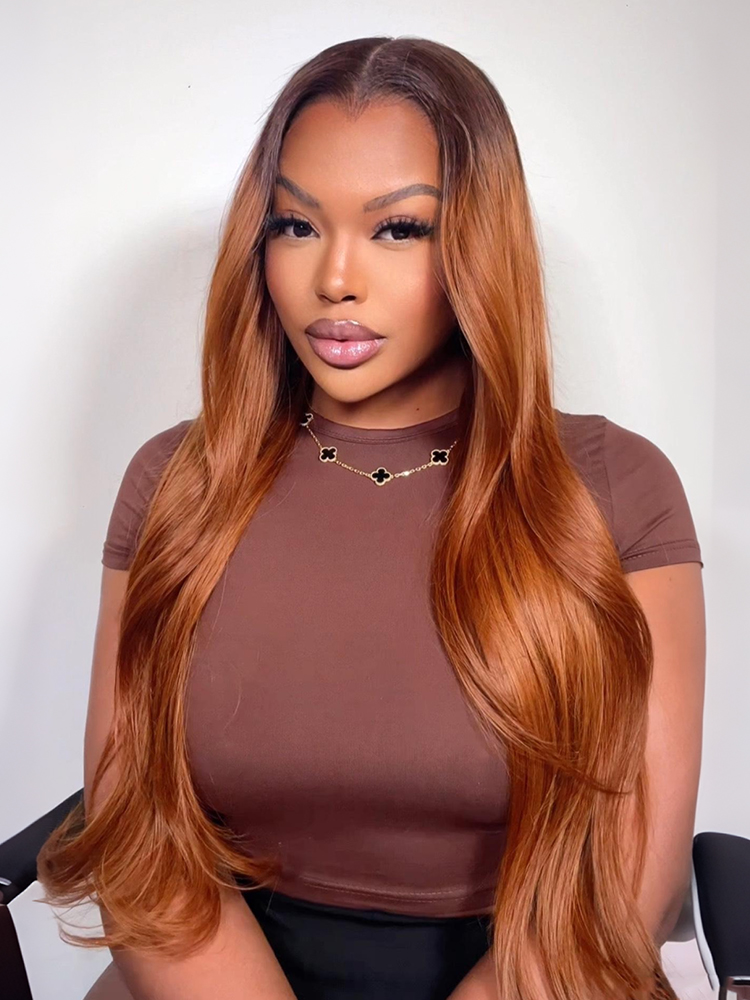
 Limited Deals
Limited Deals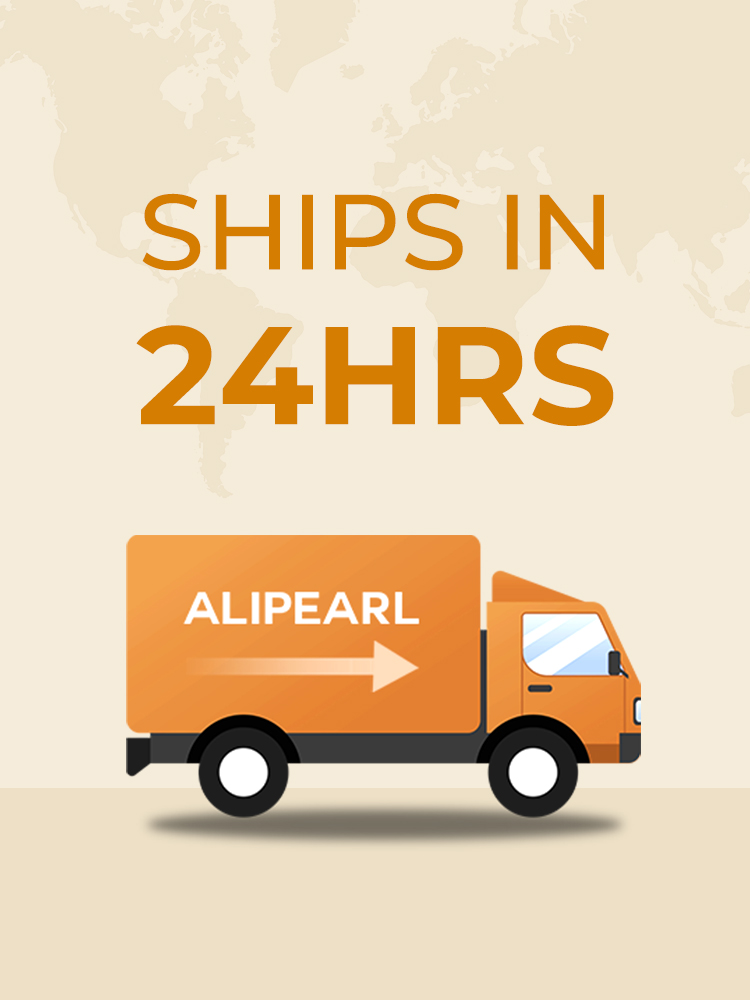 Ship In 24H
Ship In 24H Clearance Sale
Clearance Sale Flash Sale
Flash Sale Wig Sets & Deals
Wig Sets & Deals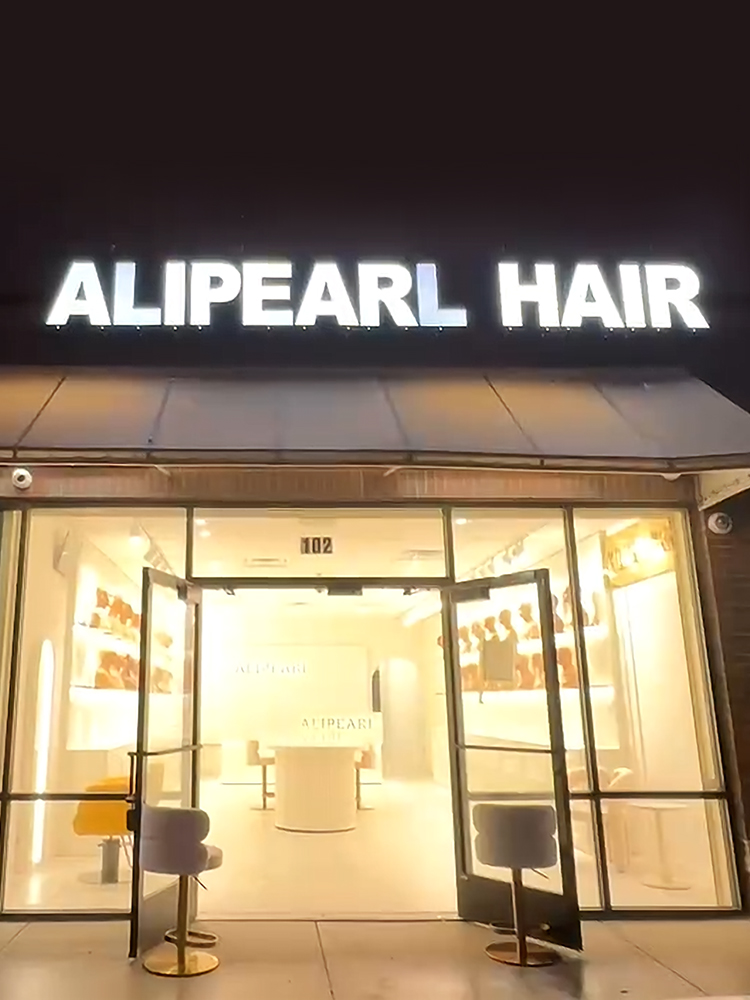 In-Person Stores
In-Person Stores Blogs
Blogs Invite & Save
Invite & Save



